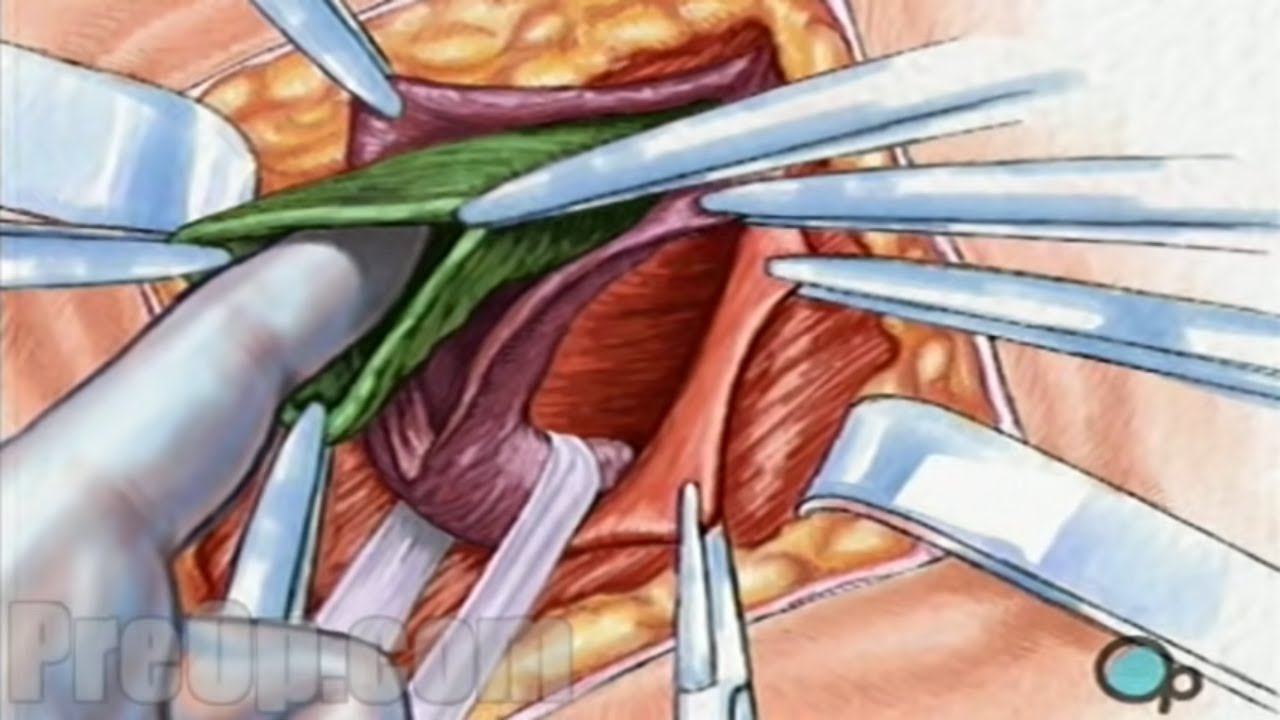Hernia Surgery
Introduction
Hernia is a general term used to describe a bulge or protrusion of an organ through the structure or muscle that usually contains it.
Hernias are caused by tears resulting from sudden increases in intra-abdominal pressure, weakness of the muscular tissue due to the normal aging process, or failure of complete development prior to birth.
Hernia symptoms include a noticeable bulge and a pulling or tearing pain when straining or lifting.
Hernias are classified according to their location. An inguinal hernia occurs in the groin; a femoral hernia occurs below the groin; and an umbilical hernia protrudes through the navel.
An epigastric or ventral hernia occurs in the central upper abdomen. An incisional hernia develops following a surgical incision in the abdominal wall.
Inguinal hernias are the most common type of hernia, with more than 500,000 inguinal hernia repair operations performed annually in the United States.
Your surgeon will repair your hernia in a fashion that results in minimal pain. These “tension-free” repairs may involve the use of implanted mesh. The mesh provides a permanent reconstruction of the hernia defect.

